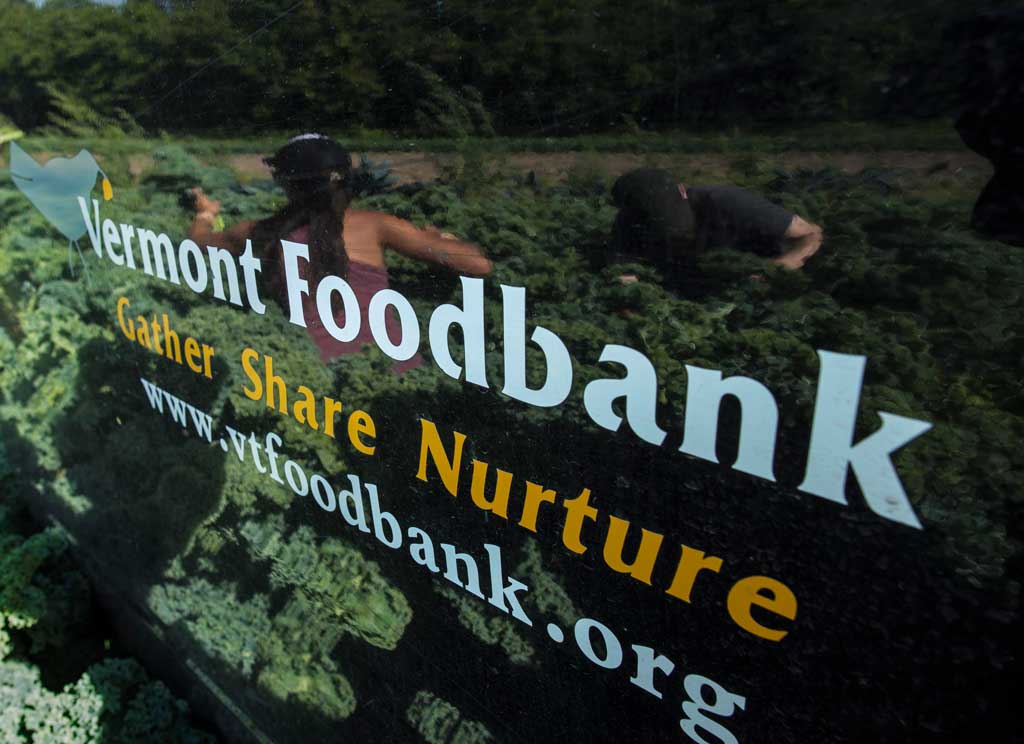Solving hunger and addressing diet-related health problems (diabetes, hypertension, heart disease, obesity, etc.) have long been viewed as separate and sometimes conflicting efforts. Hunger is often considered a social service or charity matter, while health problems linked to nutrition are thought to be the purview of the health care and pharmaceutical sectors. Research is now making a compelling case that the issues are intimately connected. We need to promote good nutrition while acknowledging that our low-income and food-insecure neighbors face barriers to eating well. With better collaboration and partnership between the anti-hunger and broader health care communities, we can make progress on both fronts.
Adopting a public health perspective takes a commitment to education at every level within the Vermont Foodbank (including donors, network partners, and food shelf visitors). It also takes resources to develop and nurture new partnerships that integrate our efforts with those of the health community. To build such partnerships, we must show the groups traditionally concerned with diet-related health problems that hunger and chronic disease are interconnected.
To make that case, we can point to data that make clear how having too little money to buy food affects individuals’ health outcomes — and the cost to all of us in treating those outcomes. According to a 2011 article in the Journal of General Internal Medicine, food-insecure people’s consumption of inexpensive food, which is often calorically dense but nutritionally poor, may be a factor in some chronic health conditions. In a just-published study in Heath Affairs, researchers at the University of San Francisco note that SNAP benefits (formerly called food stamps and known here as 3SquaresVT) do not last recipients the entire month. They investigated the link between the monthly pattern of exhausting food benefits and hospital admissions for hypoglycemia and found that admissions increased 27% in the last week of the month for low-income Californians compared to non-low-income Californians. The average cost of hospitalization for hypoglycemia is $1,186, a cost incurred for want of a few hundred dollars to buy food. Since the study looked only at inpatient hospitalizations, the true financial consequence is likely underreported.
People with diabetes who receive food assistance, then, seem to eat better until money for food runs out at month’s end; once their diet suffers, they end up in the hospital with hypoglycemia. Although this study considers only hypoglycemia, the researchers conclude that “it is reasonable to postulate that the exhaustion of food budgets late in the month might also influence admission patterns for other diet-sensitive diseases, such as congestive heart failure.”
The Vermont Foodbank is already working on this problem and intends to focus more intently on hunger as a health issue in the coming years. Your financial support is what keeps us moving forward and creating opportunities for our neighbors to transform their own lives. Please continue to give generously, and thank you.
John Sayles
Vermont Foodbank CEO
“Justice” feels like a big word these days, no matter what word precedes it: food, health, racial, economic, migrant, equal . . . I could go on. In digging into the meaning of “justice,” I am left unsatisfied because the definitions and descriptions feel subjective and kind of squishy.
For the first time in a long time, I’m feeling optimistic. The American Rescue Plan Act (ARP), passed by Congress and signed on March 11 by President Biden, brings much needed support to families hit hard economically by the pandemic.
As we wake up to another morning of news about demonstrations across the country, it’s time for all of us to make sure our voices are raised for racial justice. As CEO for the Vermont Foodbank my “lane” is hunger and food security.






